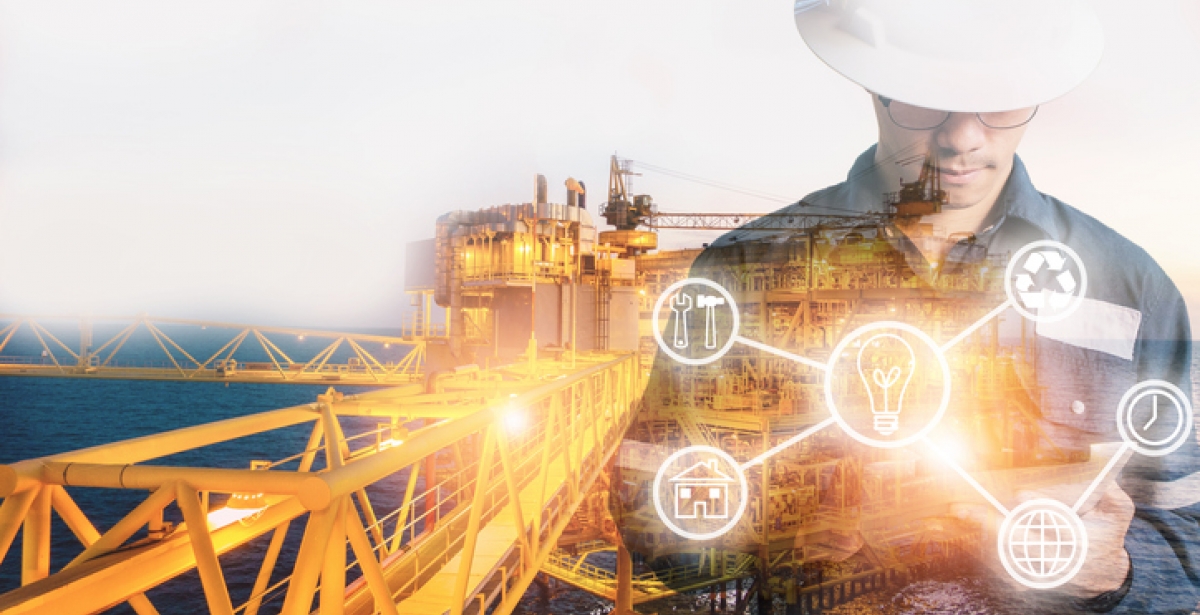These are a few of the latest advanced technologies that are making their way onto construction job sites to maximize efficiency and production.
BIM (Building Information Modeling)
This is like CAD software, only it provides a little better imaging of buildings and job sites, while construction crews are taking on different projects. They implement
- 2D schematics
- 3D modeling
- Help with time management
- Help improve the work and life cycle of processes
- Allow teams to see the final outcome of a project, prior to ever starting to work on it
With the right information in place, you can quickly assess what has to change, what can remain the same, and how to properly balance your crew and technologies on any job site, to optimize the efficiency of all who are working on site.
The use of building information modeling, BIM, can significantly help enhance the manner in which building managers and construction crew managers, can complete a project for a client from start to finish.
It allows them to see the entire picture, as opposed to smaller segments of it, from the onset of a new project they’re undertaking. So, they have more details, information, and can make better decisions based on this knowledge that is in front of them with the right technologies in place.
Cloud & Mobile Technology
Everything’s on the cloud today. The use of cloud-based technology and software helps automate processes and helps ensure information is shared in realtime with personnel. So, managers know when supplies are low, or when they have to modify the way in which a project is unfolding.
Then there are mobile technologies. A few years ago, we would have thought that these devices were a major distraction on construction sites and would lead to injuries. This is no longer the case.
Utilizing traditional safety equipment like traffic cones, barricades, and fall protection equipment alongside the latest technological advancements for the industry, is one of the best ways to ensure optimal efficiency. However, it is also the best way to ensure a site is as safe as possible for workers as well as for pedestrians who are walking by.
In fact, you can walk by any construction site today, and you’ll see teams using mobile technologies. If you want the team to remain competitive, and get things done, they need to communicate on the go and do so immediately.
This is where the use of mobile technologies will allow them to do this, no matter where other crew members are during the course of the workday.
Drones
We’ve seen drones for years, right? Yes, however, in recent years, they have become a prominent fixture on construction sites. What are drones good for? Some ways in which they can be used are
- For onsite inspections (so managers/personnel don’t have to do them)
- To take measurements and canvas a site
- Help with delivery and movement of supplies and equipment on sites
- Increase precision in readings
- Help minimize human error
No matter how much attention you pay when canvasing a site, it is possible that you’ll write ‘ instead of ” when you’re adding measurements onto the plot. This will obviously make a huge difference (feet vs. inches) and can throw off an entire project.
And, measures or misplaced objects, can significantly cause significant changes in how the final outcome will look. When using the right equipment, such as drones, these are errors that are reduced, plus they are faster and more efficient than any human/personnel can be.
There’s no shortage of change that has taken place in the construction industry, and a great deal of this change has come from the fact that more and more technologies are popping up onto work and job sites.
For construction crews who are hesitant to change, this is much going to hinder the manner in which you can complete projects.
So, take the leap, consider a few of these high technologies, and see how they are going to help improve efficiency and maximize your team’s workflow, regardless of the types of jobs your company chooses to undertake for clients.
